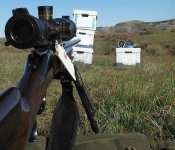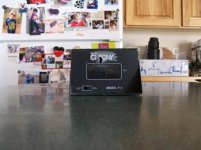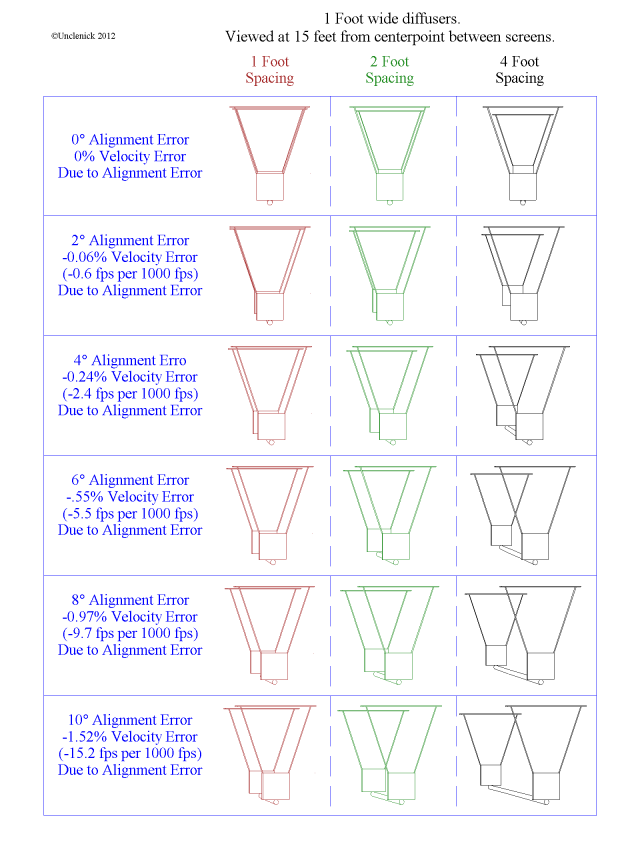FrankenMauser caught it. The accuracy is not really 0.25% just because the clock period is 0.25% of the bullet transit time. That makes the
resolution 0.25%, not the
accuracy. Chrony makes the same implausible claim of accuracy equaling resolution. It does little for my confidence in their technical staff, but maybe it's just the sales people doing it.
My calipers have 0.5 thousandths resolution, but if I apply too much squeeze pressure to the measurement, the accuracy is minus a couple thousandths. It'll show that erroneous number to the nearest half a thousandth, but the flexing of the parts means the number is not accurate.
The flexing jaws are analogous to sensor spacing errors, bullet glint errors, ground reflection errors, light source errors, penumbra sensitivity or other sensor sensitivity differential. Errors may also be caused by powder particles false triggering the screens when you are just too close to the thing for the amount and kind of wasted powder you are flinging out in your muzzle blast.
Really, the best solution to the spacing problem is a long beam. It makes a spacing error a smaller percent of the total. Both the Oehler and the old CED Millennium allowed for 4 foot and other spacing options. This, I am convinced, has a lot to do with their accuracy reputations. The newer CED unit has a higher clock speed and only 2 foot spacing available, but seems to do well despite that limitation.
One factor in long spacing is that not only do sensor location errors become a smaller percent of the total, but you tend to line the shooter up with the screens better. This is not a big source of error, but below is how the same degrees of error look with different screen spacing and how much it affects velocity. You can see how, with 12" spacing, an impatient person might settle for a degree of misalignment in a hurried setup that the person with 4 foot spacing couldn't even get readings over.



